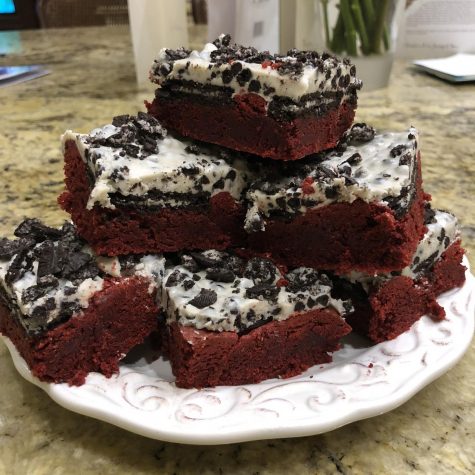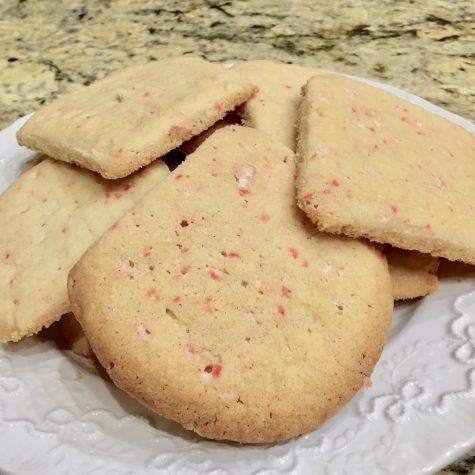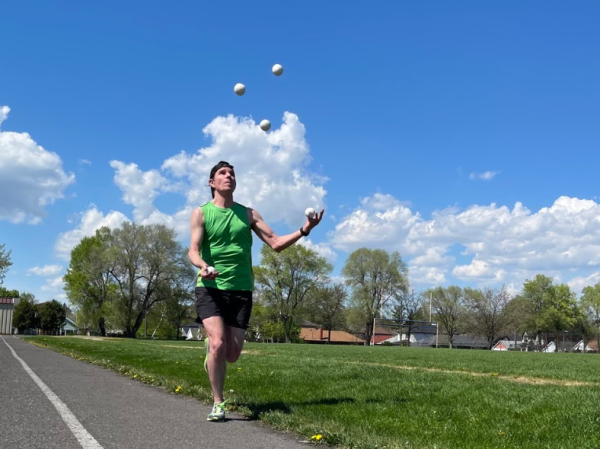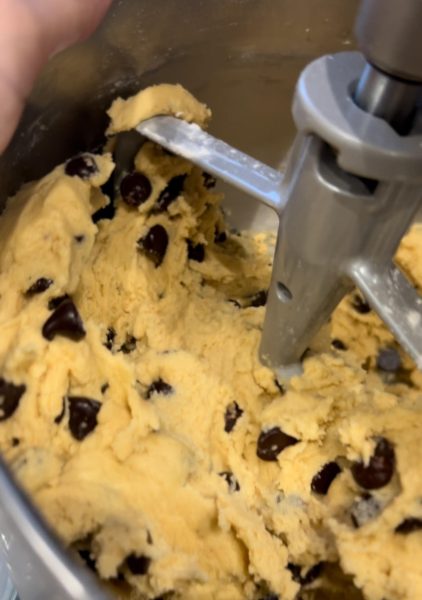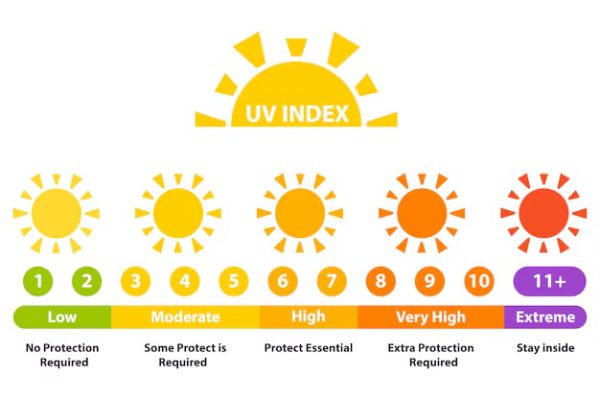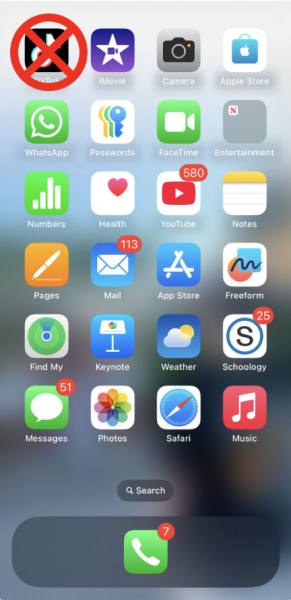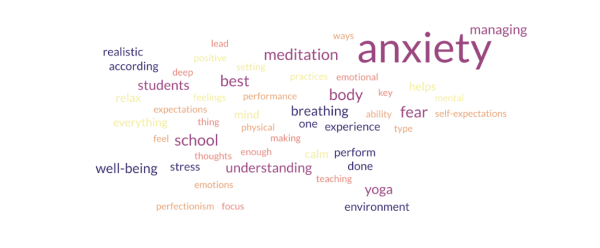1989
[ot-caption title=”Taylor Swift at the iHeart Radio Music Festival in Las Vegas. (via AP Images)” url=”https://pcpawprint.com/wp-content/uploads/2014/11/1989.jpg”]
Taylor Swift has stood as my marker for all romantic endeavors attempted between the ages of thirteen and eighteen. Inspired by many a middle school bus ride listening to Swift’s second album, Fearless, and her wistful high school ballad “Fifteen,” I decided that I would have my first proper kiss at age fifteen (I did this). When I had my first boyfriend at the end of that year, I named her song “Enchanted” from her third album, Speak Now, as our official song, although he still does not know this. I listened to “You’re Not Sorry” when I felt like nothing I did was right, and “Back to December” when one January came, and I found myself brokenhearted.
While much of Swift’s music is surrounded by the mysterious stigma of guessing which ex her revealing lyrics could be about, I always found much more excitement in finding one on which I could project my own emotions perfectly. If I have had a crush on you, you have a Taylor Swift song to define our relationship. Do not ask me to tell you which – I will be as secretive and elusive as Taylor in an interview with a prying reporter.
As I grow up with Taylor, she grows, too. Swift was my first introduction to country music, and, honestly, my last contact with it. Once, while getting my hair cut, my hairdresser was singing country tunes in an attempt to convert me to a believer. In exasperation, she exclaimed, “Country music is a story!” and I understood.
With the release of 1989, her fifth album, Taylor’s country-tinged sound becomes full pop. However, her perfect storyteller’s voice is still present. In the fascinating way pop music is able to seamlessly combine heart-wrenching lyrics with accessible dance beats, Swift mixes her characteristic tales of romantic failures and successes with synth beats. Her stories are arguably more mature than those on albums past, with less of the naïve romanticism I relished in my freshman year and more of a new, confident ownership of the woman she has become that I want to identify with now.
“Blank Space,” a collaboration with Max Martin, source of such 90’s kid favorites as “I Want it That Way” and “…Baby One More Time,” and Swedish producer Shellback, is my favorite track on the album. On it, Swift acknowledges her reputation as the “crazy ex-girlfriend” and asks the listener to really question this weird patriarchal paradigm that can often cause girls to feel completely invalidated in relationships. Other tracks, such as “Out of The Woods,” a collaboration with musician Jack Antonoff, exemplify the mix of personal anecdote and adult contemplation that makes Swift’s songs so capable of transcending genre expectations. “Style” makes me want to dance, but also examine the unhealthy cyclical relationships in my life. “Wildest Dreams” is what I always wish I could say when things begin to go up in flames, although I usually just retreat in anger and sadness.
Swift is able to reach audiences in a way that not many other acts have been able to in recent history. Speak Now is the only album ever to have all of its songs chart on the Hot 100, and Swift holds the record for the most entries off one album. She also holds the record for most songs on the Hot 100 in one week, with eleven chart toppers in 2010. 1989 is the biggest selling album since 2002 and has sold 1.287 million copies in its first week; Swift is the first female artist to have three albums all sell over a million copies in their first week. She has recently pulled her entire discography from Spotify, a reaction against the streaming site’s low artist royalty fees, and sales of 1989 continue to skyrocket. In an age where most music listeners prefer to listen to their music online or download it through illegal file share sites, this kind of success with full album purchases is almost unprecedented.
Sitting with my friends and listening to 1989, it’s easy to imagine us all jumping to some songs on a Saturday night, and wailing to others as we sway together and rehash all the details of our relationships gone bad. Sometimes, when I’m listening, I like to imagine Taylor sitting in her new Manhattan apartment, surrounded by all her friends (which, by the way, includes basically every Hollywood cool girl you can think of) doing the exact same thing. The power of Swift’s music is her ability to put herself out there even when she knows she will be criticized, crossing barriers and creating music that is accessible to real people.
Sources: Billboard, The New York Times, Rolling Stone









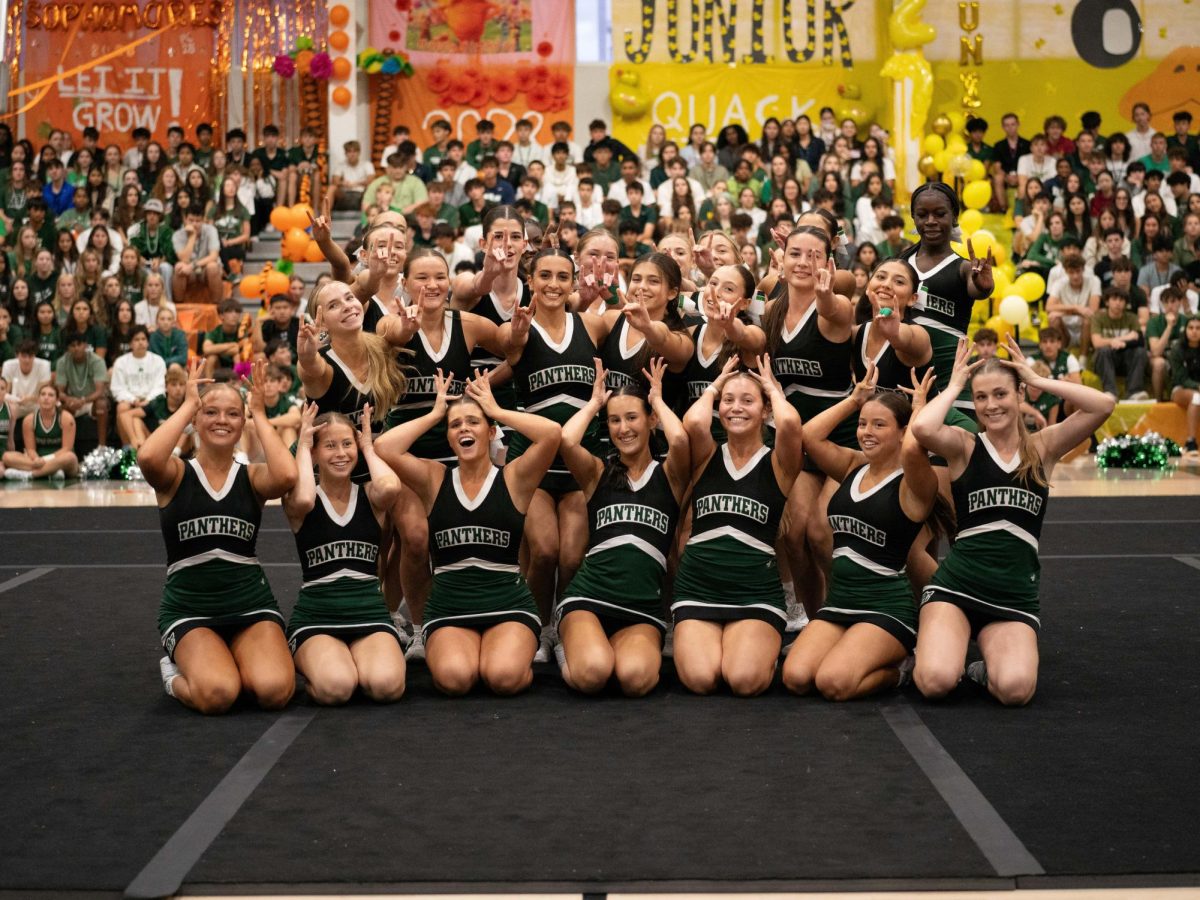






















![Stranger Things 4: What to Expect [Warning: Contains Spoilers]](https://pcpawprint.com/wp-content/uploads/2021/11/StrangerThings4-900x473.jpeg)






















































